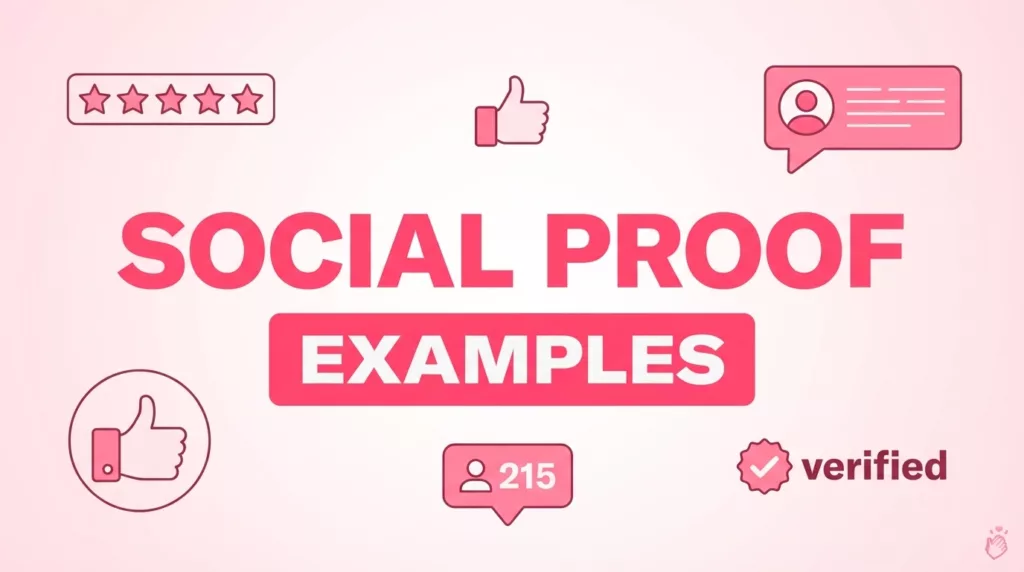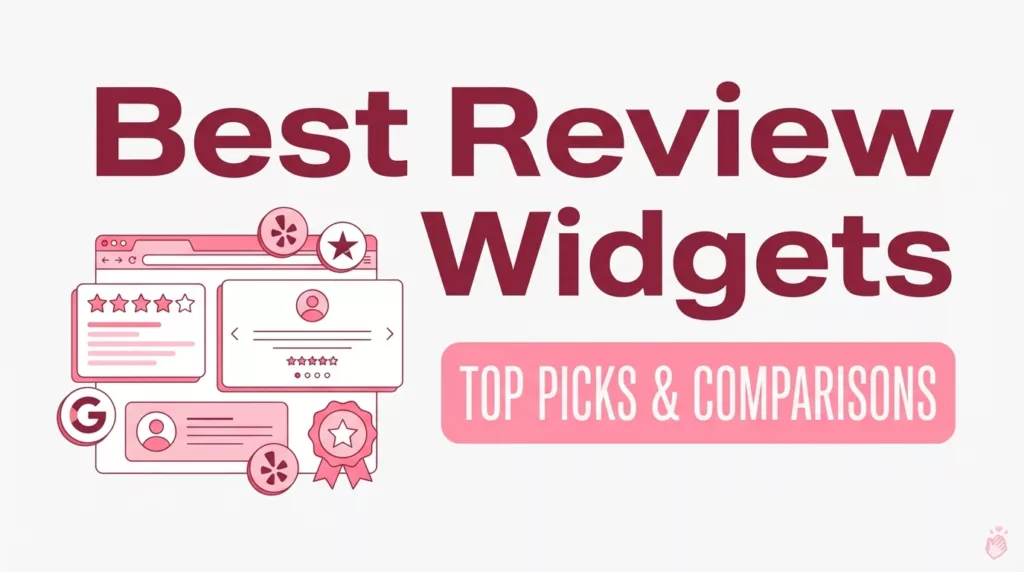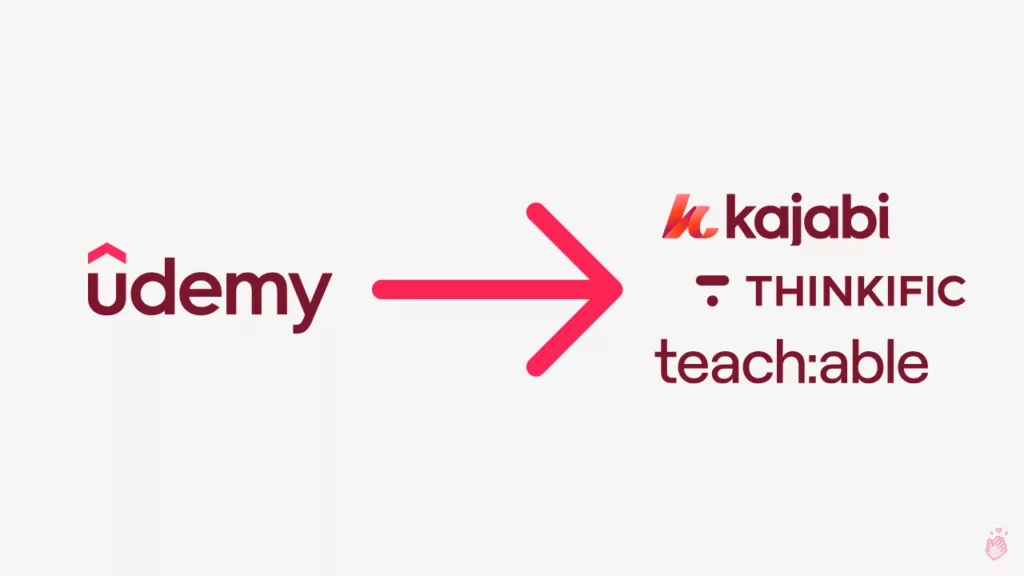
Wondering if your brand is truly connecting with customers?
In 2025, branding goes beyond just a logo; it’s about building trust, upholding values, and fostering emotional connections.
This report delves into over 100 verified branding statistics, shedding light on what works and what doesn’t in branding today. Prepare to revolutionize your strategy!
Brand Trust & Consumer Behavior
Trust has become the currency of modern commerce. Without it, even the most brilliant marketing campaigns fall flat. These branding statistics reveal why trust must be your brand’s cornerstone in 2025.
The Trust Imperative

- 81% of consumers need to trust a brand before considering a purchase 1
- 90% of consumers buy from brands they trust, while 87% will pay more for products from trusted brands 2
- 62% of consumers will pay more for nearly identical products from a trusted brand 2
- 53% of customers recommend brands they trust to others 3
Why this matters: Trust isn’t just nice-to-have; it’s the primary purchase gatekeeper. Brands that fail to establish trust immediately disqualify themselves from consideration, regardless of product quality or price.
Values-Driven Consumerism

- 62% of consumers say their purchase decisions are heavily influenced by a brand’s values 2
- 84% agree they buy from brands that share their personal values 2
- 27% will actively change brands to align better with their values 2
- 64% of consumers prefer brands that prioritize social causes 2
Actionable insight: Purpose-driven branding has moved from “nice-to-have” to “must-have.” Brands that authentically align with consumer values see significant loyalty and premium pricing power. However, 88% of consumers claim authenticity is crucial when deciding which brands they like 4, meaning purpose-washing will be quickly exposed.
Authenticity & Transparency

- 81% consider data transparency important when evaluating brands 2
- 90% say transparency is essential when choosing brands 4
- 86% of customers cite authenticity as a key reason they buy from certain brands 4
Strategic implication: In an era of information overload, transparency builds trust faster than traditional advertising. Brands that openly share their processes, pricing, and even shortcomings create stronger consumer connections.
The Power of Emotional Connection

- 76% of consumers have purchased a product based on someone else’s recommendation 6
- 94% of customers recommend brands they connect with emotionally 6
- 65% of U.S. consumers feel emotionally connected to at least one brand 2
- Consumers with emotional connections to brands are worth 50% more than highly satisfied customers 6
Why this matters: Emotional connection drives both acquisition and retention. Brands that create meaningful emotional bonds see higher customer lifetime value and organic advocacy.
Building trust requires listening to customers. See how a structured feedback loop fosters brand loyalty in our customer feedback management guide.
Building trust requires listening to customers.
See how a structured feedback loop fosters brand loyalty in our customer feedback management guide.
Brand Awareness & Recognition
In a world saturated with marketing messages, standing out requires strategic awareness building. These branding statistics reveal how consumers process and remember brands.
The Memory Threshold
- It takes 5-7 impressions for consumers to remember a brand 2
- Brand recall 38.7% is the biggest driver of brand lift 3
- 59% of global shoppers prefer buying new products from familiar brands 2
- 63% of customers are more willing to buy from familiar brands 2
Strategic insight: Consistent exposure is non-negotiable. Brands must maintain presence across multiple touchpoints to reach the critical 5-7 impression threshold where recognition occurs.
The Familiarity Advantage
- 77% of Americans refer to common items by brand name (e.g., “Kleenex” instead of “tissues”) 6
- 50% of consumers are more likely to buy from brands they recognize 6
- 62% of consumers have an emotional connection to the brands they buy from most frequently 2
Actionable takeaway: Familiarity breeds preference. Brands that achieve top-of-mind awareness through consistent visual identity and messaging gain significant competitive advantage in purchase decisions.
Visual Identity and Design Branding Statistics
Visual elements create immediate brand perceptions that influence consumer behavior more than many realize.
Color Psychology in Action

- A signature color can increase brand recognition by up to 80% 5
- Consumers are 81% more likely to recall a brand’s color than remember its name 6
- 90% of snap judgments about products are based on color alone 7
- 50% of consumers are more likely to buy from brands they recognize visually 6
Why this matters: Color isn’t just aesthetic, it’s cognitive. Brands that strategically select and consistently apply signature colors create stronger memory anchors.
Fortune 500 Logo Trends
- 40% use blue, 26% black, and 17% red in their logos 8
- 43% use two colors in their primary logo 8
- 73% use sans serif fonts 8
- 72% of the best brands are named with made-up words or acronyms 6
Strategic implication: While blue dominates for trust associations, distinctive color combinations help brands stand out in crowded markets. The prevalence of sans serif fonts reflects modern design preferences for clean, approachable aesthetics.
First Impressions Matter Instantly
- 55% of brand first impressions are visual 6
- 90% of the information transmitted to the brain is visual 6
- Consumers judge a brand’s visual appeal in 50 milliseconds 6
Actionable insight: Your visual identity has less than a tenth of a second to make a positive impression. Invest in professional, cohesive visual design that communicates your brand values instantly.
Brand Consistency and Guidelines
Consistency isn’t just about looking good; it directly affects revenue and growth.
The Consistency Premium
- Companies expect a 10-20% increase in growth when their brand is consistently maintained 9
- 33% of businesses report that brand consistency boosts revenue by 20% or more 2
- 35% of organizations saw a 10-20% growth in revenue due to consistent brand presentation 4
- 60% of companies reported that consistent branding added 10-20% to their revenue growth 6
Why this matters: Brand consistency delivers measurable financial returns. The consistency premium represents one of the highest ROI branding investments available.
The Enforcement Gap
- 95% of companies have brand guidelines but only 25% enforce them 6
- 85% of organizations have brand guidelines but only 30% enforce them 2
Strategic insight: Having guidelines isn’t enough. Consistent enforcement across all touch-points is what delivers results. Brands that implement robust governance see significant competitive advantages.
Digital Marketing & Social Media Branding
Social platforms have become critical brand battlegrounds where consumers research, engage, and make purchase decisions.
Social Media Behavior

- 77% of consumers prefer shopping from brands they follow on social media 5
- 85% of consumers use social media to research new brands 4
- 64% of consumers have tagged a brand or used a branded hashtag 5
- 45% will unfollow a brand due to high self-promotion 4
Actionable insight: Social media is no longer optional for brand building. However, brands must balance promotion with value-driven content to avoid audience alienation.
Video Dominance

- 91% of people want to see more video from brands 5
- 64% of consumers make a purchase after viewing branded social video 5
- 71% of marketers plan to show more diversity and inclusivity in their video content 4
Strategic implication: Video isn’t just popular, it drives conversions. Brands that invest in authentic, inclusive video content see significant engagement and sales lift.
User-Generated Content Power
- 64% of consumers are more likely to share a brand if it reshapes customer content 10
- 72% say customer reviews/testimonials are more credible than brand-created content 4
- 62% are more likely to click on content featuring customer photos 10
- 60% wish brands would tell them what content to create 10
Why this matters: Consumers trust peer content more than brand messaging. Brands that strategically incorporate and amplify user-generated content build greater authenticity and engagement.
Employer Branding and Employee Influence
Your employer brand isn’t just for recruitment; it directly impacts consumer perception and purchasing decisions.
Candidate Behavior
- 75% of job seekers consider an employer’s brand before applying 11
- 86% check company reviews before applying 12
- 55% of candidates will not apply to a company with poor Glassdoor reviews 12
- 80% of job seekers research a company’s brand before applying 12
Strategic insight: Your employer brand filters your talent pipeline. Companies with strong employer brands attract higher-quality candidates while reducing recruitment costs.
Consumer Impact
- 64% of shoppers have stopped buying from brands with poor employer reputations 3
Why this matters: Employer reputation directly impacts consumer purchasing decisions. Brands can no longer separate internal culture from external perception.
Business Outcomes
- Companies with strong employer branding see a 43% decrease in cost per hire 11
- Strong employer brands are 21% more profitable due to high employee satisfaction 11
- A strong employer brand reduces turnover by 28% 3
- Employees who connect with the company’s mission are 69% more likely to stay at least two years 11
Actionable takeaway: Employer branding delivers triple-bottom-line benefits: better talent, lower costs, and higher profitability. It’s not an HR function. It’s a growth strategy.
CEO & Employee Influence
- 65% of consumers say the behavior of a brand’s CEO and employees influences their decision to buy 3
- 70% feel more connected to a brand when the CEO is active on social media 5
Strategic implication: Human leadership has become a critical brand asset. Authentic CEO engagement builds trust and connection in ways traditional marketing cannot replicate.
Personal Branding & Employee Advocacy

Individual brand ambassadors extend your reach and credibility in powerful ways.
- 80% of recruiters consider personal branding important when evaluating job candidates 6
- 52% of B2B buyers are more likely to buy from a brand after reading their content 4
- Employees are trusted 3 times more than corporate messages 11
Why this matters: Empowered employees become your most credible marketing channel. Brands that enable and encourage employee advocacy see significantly higher engagement and trust metrics.
B2B vs B2C Branding Statistics
While many branding principles apply universally, B2B and B2C contexts require distinct approaches.
B2B Branding Insights
- B2B digital ad spend is projected to reach $48.15 billion by 2026 13
- B2B buyers consume an average of 7 hours of content before making a purchase 14
- 70% of B2B buyers feel more connected when the CEO is active on social media 5
B2C Branding Insights
- 77% of consumers prefer shopping with brands they follow on social media 5
- 76% of consumers would rather buy from a brand they feel connected to 6
- 57% pay more for brands they feel connected to 6
Strategic implication: B2B branding requires deeper content engagement and thought leadership, while B2C thrives on emotional connection and social presence. Understanding these differences prevents misallocated resources.
Future Trends & Recommendations

As we look toward the remainder of 2025 and beyond, several emerging trends will shape successful branding strategies.
Mission-Driven Branding
- 73% of consumers believe brands should act now for the good of society 15
- 84% agree they buy from brands that share their values 2
Recommendation: Develop authentic purpose initiatives that align with both your business capabilities and consumer values. Avoid purpose-washing by ensuring actions match messaging.
Diversity & Inclusivity
- 71% of marketers plan to show more diversity and inclusivity in their content 4
- 62% of consumers have an emotional connection to brands they buy from most 2
Recommendation: Representation matters. Ensure your visual identity, messaging, and team composition authentically reflect the diversity of your audience.
AI-Powered Personalization
- 68% of people enjoy reading stories about brands they find interesting 4
- 91% want to see more video from brands 5
Recommendation: Leverage AI to deliver personalized content experiences while maintaining human authenticity. Balance automation with genuine connection.
Video & Social Commerce
- 64% of consumers make a purchase after viewing branded social video 5
- 90% of users follow at least one brand on social media 4
Recommendation: Invest in shoppable video content that seamlessly blends entertainment, education, and purchasing. Make the customer journey frictionless.
In Summary
The branding statistics presented in this report reveal a clear pattern: successful branding in 2025 requires authenticity, consistency, and emotional connection backed by data-driven decisions.
Brands that prioritize trust-building through transparency and values alignment will outperform competitors. Those that maintain visual and messaging consistency across all touch-points will capture the 10-20% revenue premium associated with brand consistency. Companies that recognize the interconnectedness of employer branding and consumer perception will build more resilient, profitable businesses.
Most importantly, the data shows that branding is no longer a marketing function. Rather, it’s a business strategy that impacts every customer touchpoint, employee interaction, and financial metric.
As you develop your 2025 branding strategy, remember these key takeaways:
- Trust is the foundation of all consumer-brand relationships
- Consistency delivers measurable revenue growth
- Visual identity creates instant cognitive connections
- Employer branding directly impacts consumer purchasing
- Authenticity matters more than ever in an information-saturated world
By implementing these data-backed insights, your brand can build stronger customer relationships, drive sustainable growth, and create meaningful competitive advantages in today’s complex marketplace.
Frequently Asked Questions
What are the key branding statistics for 2025?
The most critical 2025 branding statistics include: 81% of consumers need to trust a brand before purchasing; it takes 5-7 impressions for consumers to remember a brand; consistent branding drives 10-20% revenue growth; 64% of shoppers stop buying from brands with poor employer reputations; and 77% of consumers prefer shopping with brands they follow on social media.
How do colors influence brand recognition?
A signature color can increase brand recognition by up to 80%. Consumers are 81% more likely to recall a brand’s color than remember its name. Additionally, 90% of snap judgments about products are based on color alone, making strategic color selection essential for brand differentiation.
How many impressions does it take to remember a brand?
Research shows it takes 5-7 impressions for consumers to remember a brand. This “memory threshold” explains why consistent multi-channel branding is essential. Therefore, brands must maintain presence across multiple touch-points to achieve recognition.
Why is brand consistency important?
Brand consistency is crucial because companies expect a 10-20% increase in growth when their brand is consistently maintained. 33% of businesses report that brand consistency boosts revenue by 20% or more. Despite this, 95% of companies have brand guidelines but only 25% enforce them, creating a significant competitive opportunity for disciplined brands.
What percentage of consumers trust brands?
81% of consumers need to trust a brand to consider buying from them. Furthermore, 90% of consumers buy from brands they trust, and 87% will pay more for products from trusted brands. Trust has become the primary purchase gatekeeper in today’s marketplace.
How does employer branding impact consumers and hiring?
Employer branding significantly impacts both consumers and hiring: 64% of shoppers have stopped buying from brands with poor employer reputations, while 75% of job seekers consider an employer’s brand before applying. Companies with strong employer branding see a 43% decrease in cost per hire and are 21% more profitable due to higher employee satisfaction.
What do CEOs and employees have to do with branding?
65% of consumers say a brand’s CEO and employees influence their decision to buy. Additionally, 70% feel more connected to a brand when the CEO is active on social media. Employees are trusted 3 times more than corporate messages, making authentic leadership and employee advocacy critical brand assets.
How many consumers follow brands on social media?
90% of users follow at least one brand on social media, and 77% prefer shopping with brands they follow. Furthermore, 85% of consumers use social media to research new brands, making social presence essential for brand discovery and consideration.




